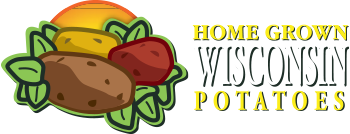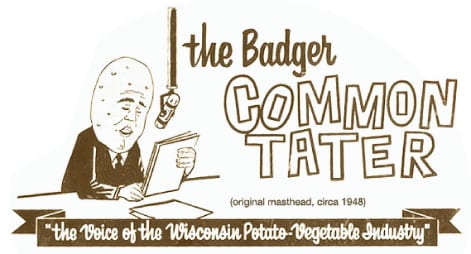
By Joe Kertzman, Managing Editor, Badger Common’Tater
There is only one facility designated to support the germplasm needs of the U.S. potato industry, and it is in Sturgeon Bay, Wisconsin.
The U.S. Potato Genebank (USPG) coordinates all aspects of importation, classification, preservation, multiplication, documentation and distribution of germplasm. It is the most comprehensive and active collection in the world.
Often cited as a top vegetable and one of the three most important food crops, the potato nevertheless remains susceptible to pests, diseases, environmental stresses and quality problems.
Fortunately, there is a great wealth of wild and cultivated potato varieties with genes that mitigate the problems, and they are relatively easy to hybridize.
To efficiently keep that diversity in genebanks, researchers need to understand the diversity in the wild.
In 2016, the genebank staff of the Peninsular Agricultural Research Station (PARS) in Sturgeon Bay, Wisconsin completed 25 years of expeditions in the southwest United States, mapping and prioritizing hundreds of collection locations for their diversity, and conducting numerous DNA marker studies on the factors that predict patterns of diversity.


